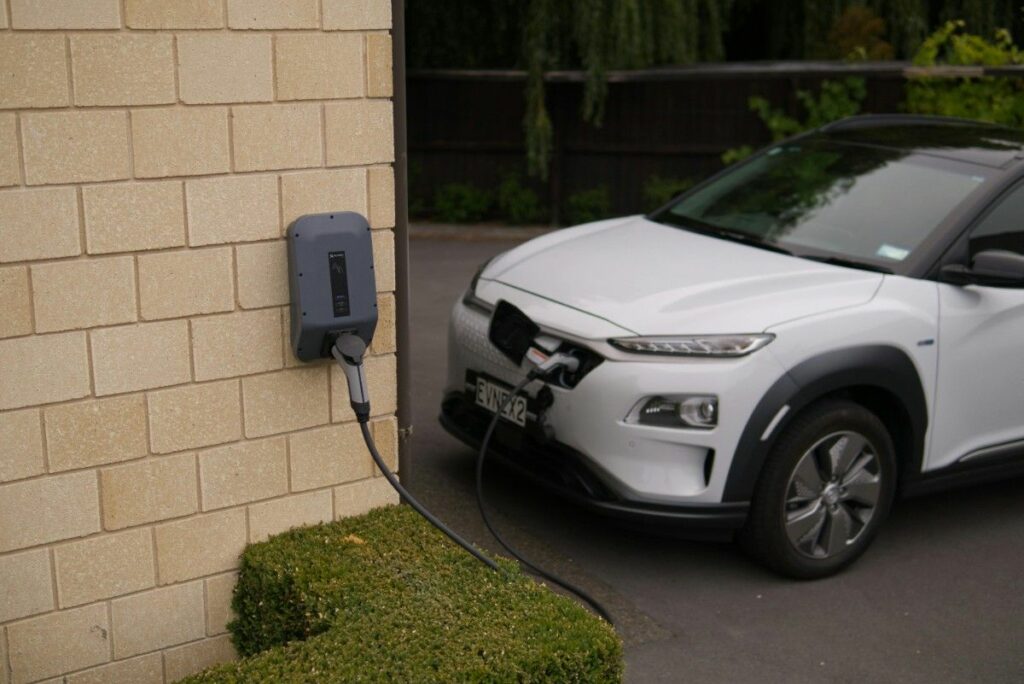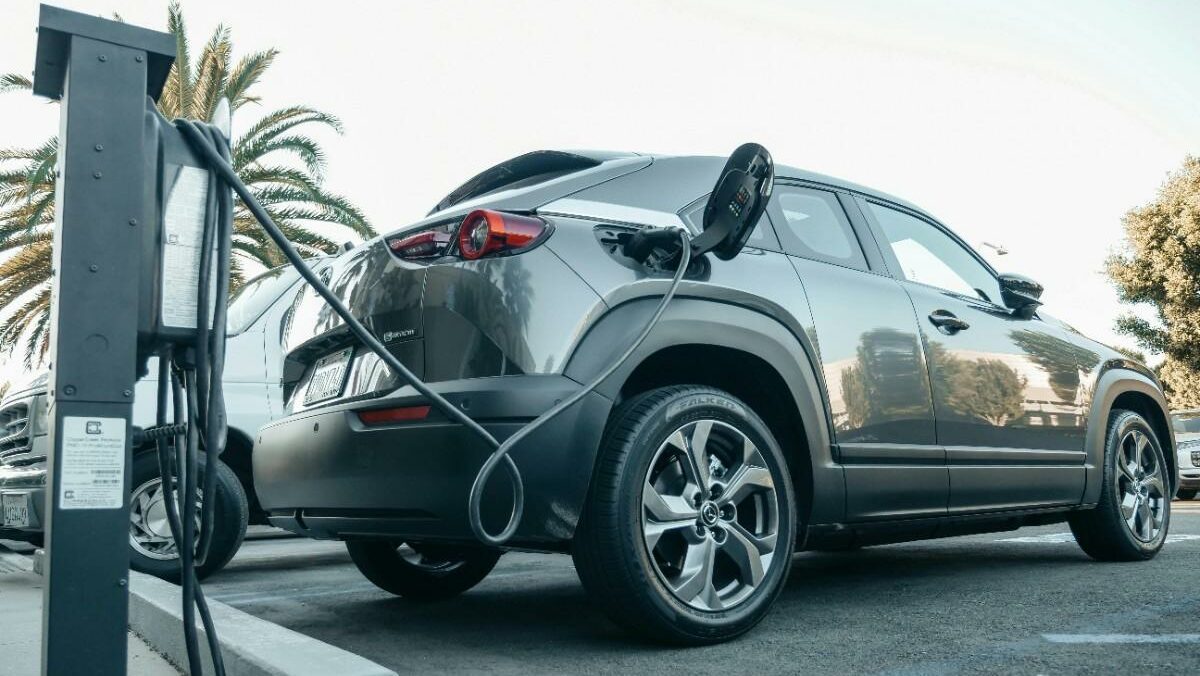Upcoming EV Cars Changing the Game: The Electric Revolution
The electric vehicle (EV) market is booming, and 2024–2025 is shaping up to be one of the most thrilling years yet. Gone are the days of clunky, slow-charging EVs with limited range—today’s upcoming models are sleek, powerful, and packed with cutting-edge tech that makes gas cars feel like relics. If you’ve been waiting for the right time to go electric, your moment has arrived. Let’s dive into the most highly anticipated EVs hitting the road soon and what makes them true game-changers.

The Next Wave of EVs: Faster, Smarter, and More Affordable
Tesla’s Next Moves: The $25,000 Model 2 & Refreshed Roadster.
Tesla isn’t slowing down. After dominating with the Model 3 and Model Y, Elon Musk has teased a $25,000 compact EV (likely called the Model 2) designed to make electric cars truly mainstream. Rumor has it this car will use Tesla’s next-gen 4680 battery cells, delivering 300+ miles of range at half the price of today’s cheapest EVs.But if speed is what you crave, the Tesla Roadster (2025) is the one to watch. Promising 0-60 mph in under 2 seconds (yes, hypercar territory) and a 600+ mile range, this all-electric beast could redefine performance cars forever.
Rivian R2 & R3: Adventure EVs for the Masses
Rivian made waves with its R1T truck and R1S SUV, but their upcoming R2 (2026) and surprise R3 compact crossover are even more exciting. The R2 is expected to start around $45,000, with 300+ miles of range and Rivian’s signature rugged, off-road-ready design. The R3? Think of it as a sporty, affordable electric hatchback—exactly what the EV market has been missing.
Porsche Macan EV & Audi Q6 e-tron: Luxury Goes Electric
Porsche’s Macan EV (2024) is finally here, and it’s everything you’d expect—blistering acceleration, ultra-fast charging, and that iconic Porsche handling. With up to 630 horsepower and a 100 kWh battery, it’s a proper luxury SUV without the gas guilt. Audi’s Q6 e-tron, built on Porsche’s PPE platform, is another stunner, featuring next-gen OLED displays, 800-volt charging, and a 300-mile range. Together, they prove premium EVs don’t have to compromise.
The Tech Making These Cars Unstoppable
Batteries That Charge in Minutes: The biggest EV headache? Charging time. But new 800-volt architectures (like in the Kia EV9 and Hyundai Ioniq 6) allow some upcoming models to go from 10-80% in under 18 minutes. Solid-state batteries are also on the horizon—Toyota promises them by 2027, potentially doubling range while slashing charge times.
Autonomy & AI: More Than Just Self-Driving: Tesla’s Full Self-Driving (FSD) v12 is making huge leaps, but rivals are catching up. The 2025 BMW Neue Klasse will offer Level 3 autonomous driving, meaning you can legally take your hands off the wheel in traffic. Meanwhile, Volkswagen’s ChatGPT integration hints at AI-powered voice assistants becoming standard.
Performance That Embarrasses Gas Cars: Remember when EVs were seen as slow? The Lucid Air Sapphire (1,234 hp) and 2025 Dodge Charger Daytona (an electric muscle car with a fake exhaust roar) prove electric powertrains can outgun even the most hardcore gas-powered cars.
The Challenges: What’s Still Holding EVs Back?
Charging Infrastructure: More EVs = more strain on chargers. While Tesla’s Supercharger network is opening to other brands, rural areas still lag behind. Affordability: Even with cheaper models like the Chevy Equinox EV ($35,000), EVs still cost more upfront than gas cars (though savings come later). Battery Longevity: No one wants a car that loses half its range in winter. Advances in thermal management and new chemistries (like sodium-ion) could help.
The Bottom Line: Should You Wait or Buy Now?
If you’re eyeing an EV, 2025 is looking like the sweet spot. Prices are dropping, range is climbing, and charging is getting faster. But if you need a car today, models like the Hyundai Ioniq 5, Ford Mustang Mach-E, and Tesla Model Y are already fantastic choices. One thing’s certain: The era of gas cars is ending. The question isn’t if you’ll go electric—it’s when.







